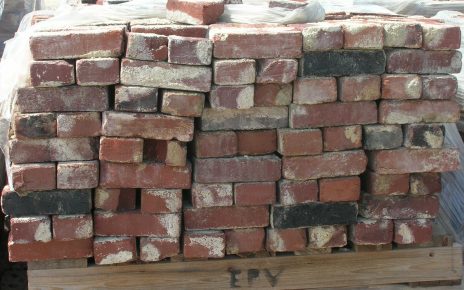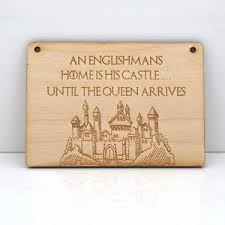HTML or Hypertext Markup Language is the foundation of web development. It is a vital language for creating and structuring web content. Its key components form the building blocks of every webpage that is created, and it is a standard language that coders and web developers will use. Here are some of the elements used in HTML.
- Tags: HTML relies on tags to define the structure of a webpage. Tags are enclosed like <tag> with angled brackets. These tags label different elements, such as headings, paragraphs, and images. These essentially tell web browsers how to display the content that is written between them.
- Attributes: Tags can be enhanced with attributes, providing additional information about an element. For example, the <img> tag might include the “src” attribute to specify the image source. This is how the elements are further enhanced within coding.
3. Text Content: HTML allows for the inclusion of text content. This is the backbone of most websites and essential for sharing information with audiences. Text can be styled using tags like <p> for paragraphs or <h1> to <h6> for headings. Some of these tags, such as <h1>, are important for search engine rankings.
4. Multimedia: HTML5 further expanded capabilities with <audio> and <video> tags, allowing for the seamless integration of multimedia content. These are particularly important for those who are creating html5 banner ads
5. Structural Elements: l elements like <header>, <nav>, and <footer> add extra areas to your website and are also important in various aspects of SEO. These tags help create a well-organised and semantic web page structure, which benefits search engines and other technologies.





